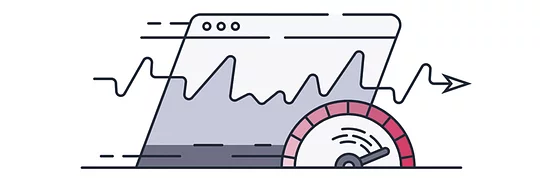Report
Are top premium car brands burning their digital marketing budgets?
6 out of 10 premium car brands are not aware that fast loading website drive more sales - this is the conclusion of the report prepared by Reffine. However, there are four brands that have realized that they are probably loosing conversions and have worked really hard to optimize their websites. The rest of analyzed brands appear not to be concerned with slow websites at all. This report clearly shows that fast cars do not go hand in hand with a fast website.



